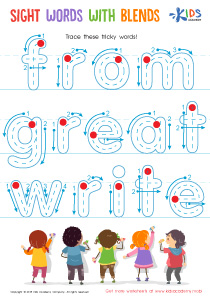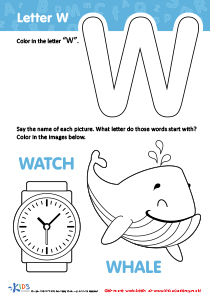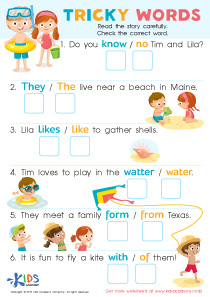Handwriting practice Normal Grade 1 Tracing Letters Worksheets
6 filtered results
-
From - To
Enhance your child's handwriting skills with our Grade 1 Tracing Letters Worksheets! Specifically designed for young learners, these engaging worksheets focus on developing fine motor skills and proper letter formation. Each worksheet offers a fun and interactive way for students to practice tracing both uppercase and lowercase letters of the alphabet. Your little one will gain confidence and proficiency in writing as they follow guided strokes and repeat letter tracing. Whether for home or classroom use, these printable resources cater to diverse learning styles, making handwriting practice enjoyable and effective. Download our worksheets today and watch your child's writing flourish!
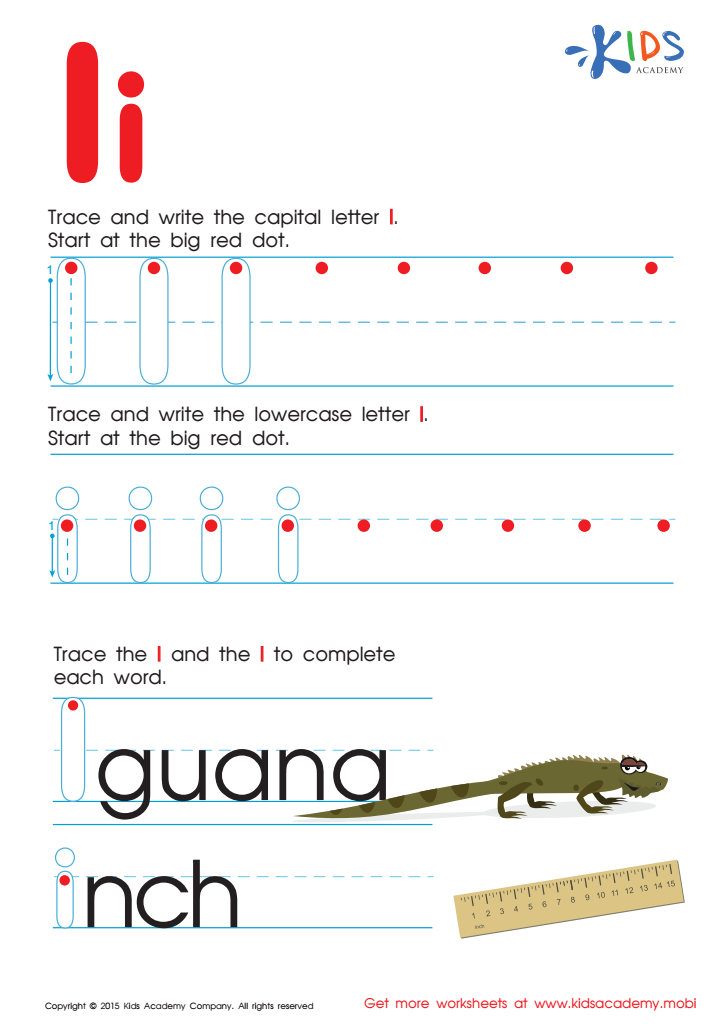

Letter I Tracing Page
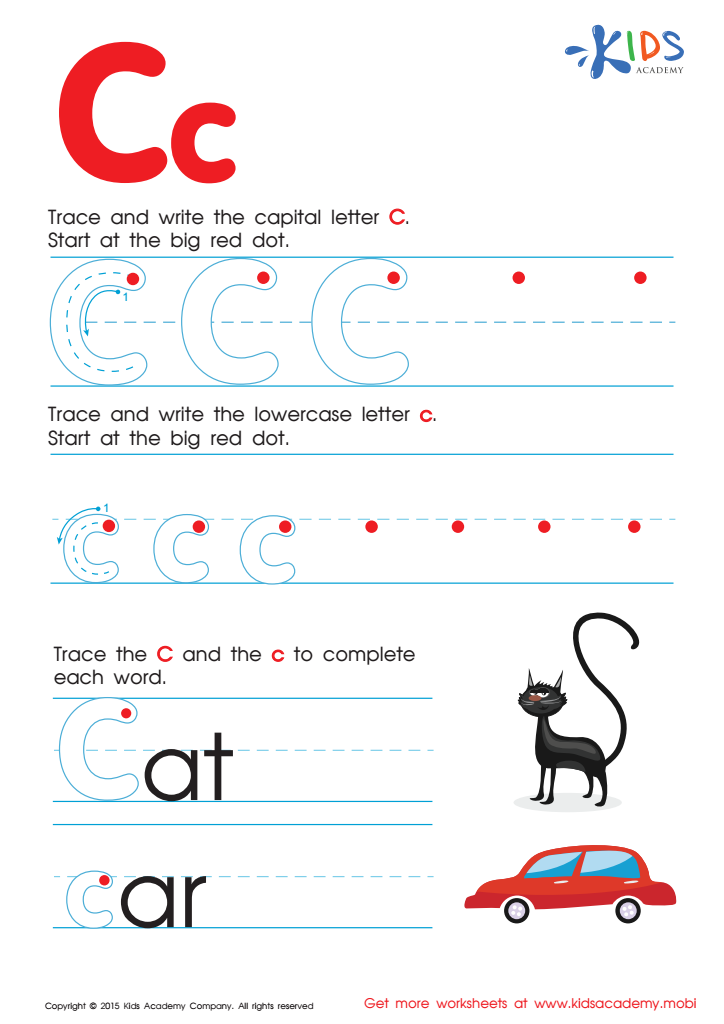

Letter C Tracing Page


Letter G Tracing Page
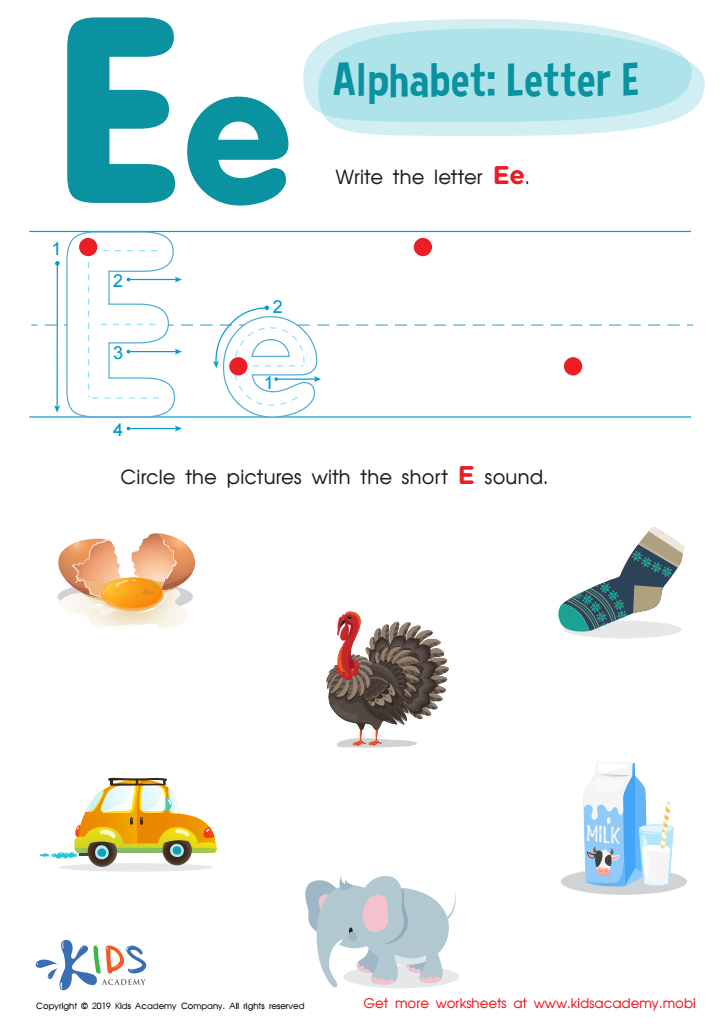

Letter E Tracing Worksheet
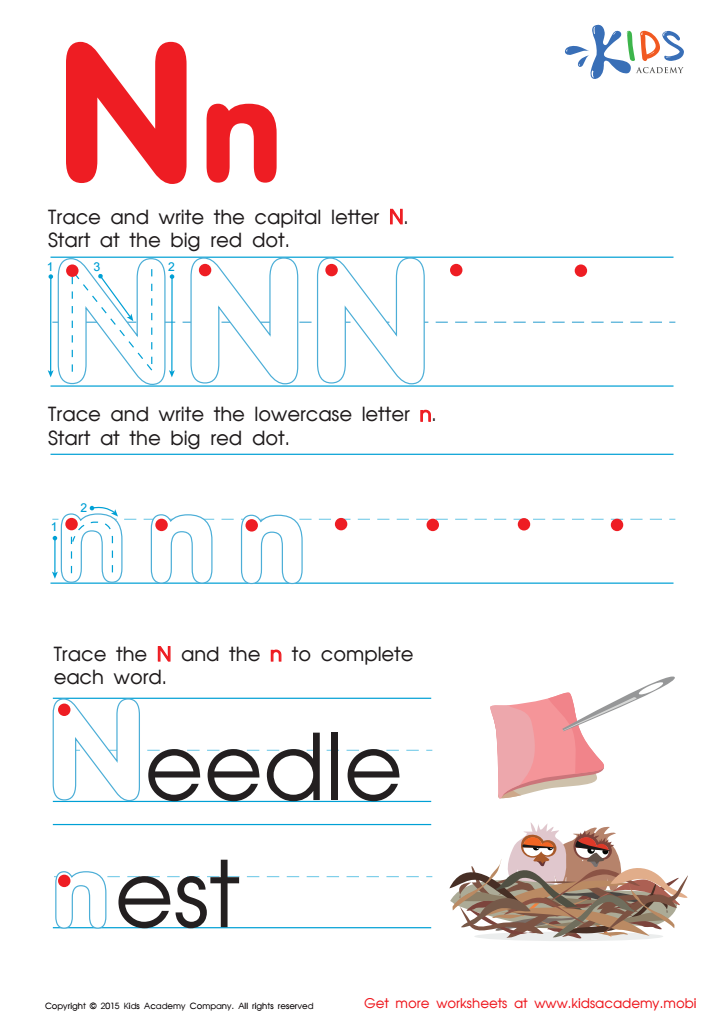

Letter N Tracing Page
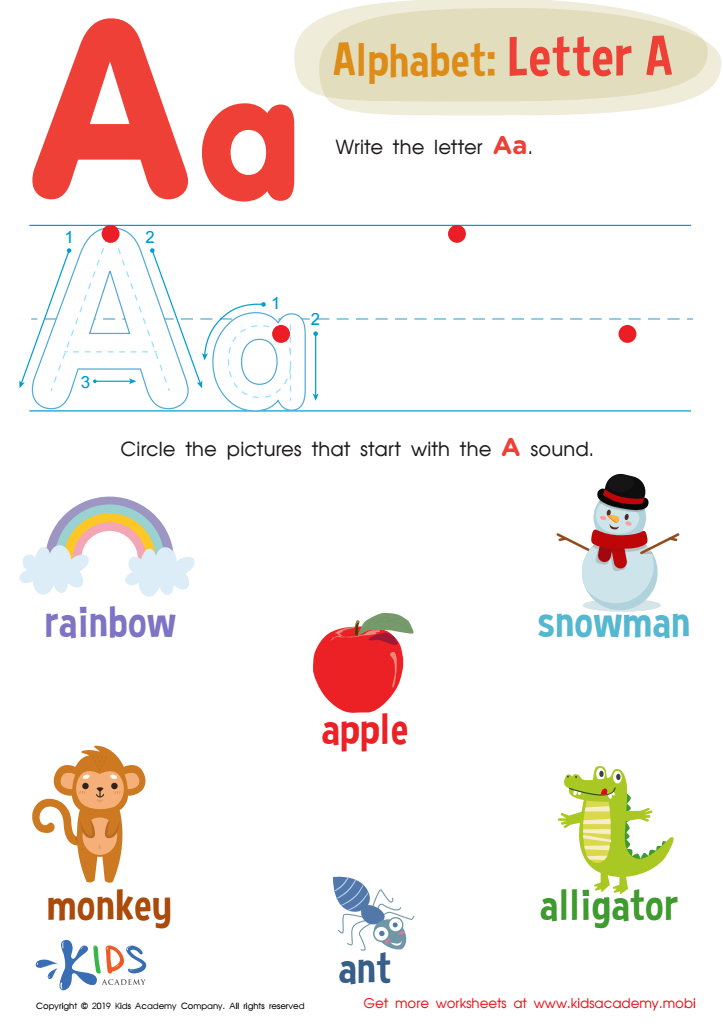

Letter A Tracing Worksheet
Handwriting practice, particularly tracing letters in Grade 1, is essential for several reasons that benefit both parents and teachers. Firstly, it lays the foundation for effective written communication. At this developmental stage, children are learning to express their thoughts and ideas through writing, and proper letter formation is crucial for clarity.
Secondly, tracing helps improve fine motor skills. The physical act of moving a pencil enhances coordination and control, which are vital for tasks beyond writing, such as typing or crafting. This skill development is linked to greater overall academic success.
Moreover, handwriting practice encourages cognitive development. As children trace letters, they reinforce their understanding of letter shapes and sounds, which aids in reading and phonics skills. This multisensory approach engages students more effectively, making learning more interactive and enjoyable.
Additionally, a focus on handwriting fosters a sense of discipline and perseverance in young learners. Completing tracing tasks instills confidence and pride in their progress.
Overall, parents and teachers play a vital role in promoting consistent handwriting practice, ensuring that children build essential skills that will serve them well throughout their educational journey and beyond.
 Assign to My Students
Assign to My Students







